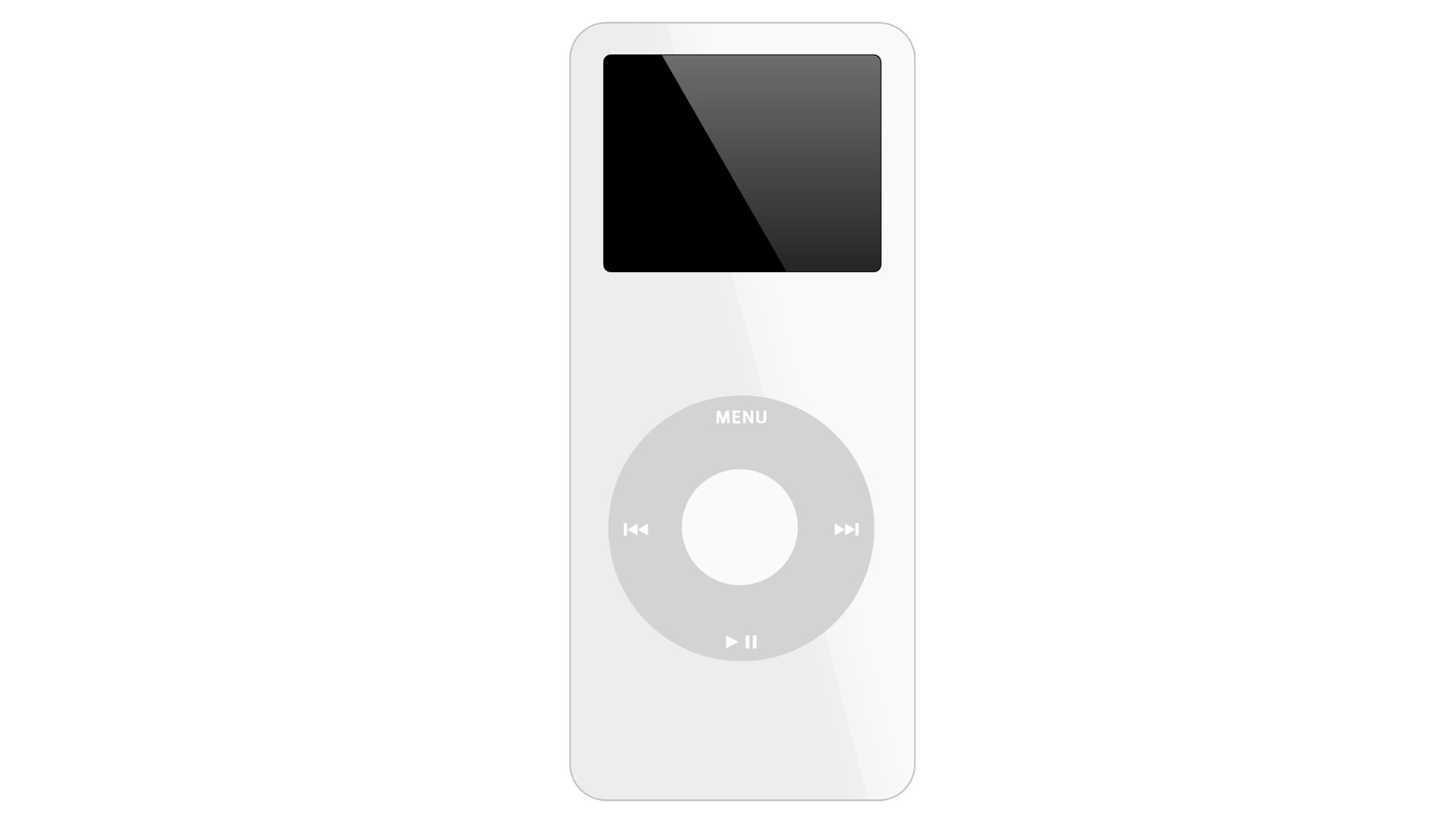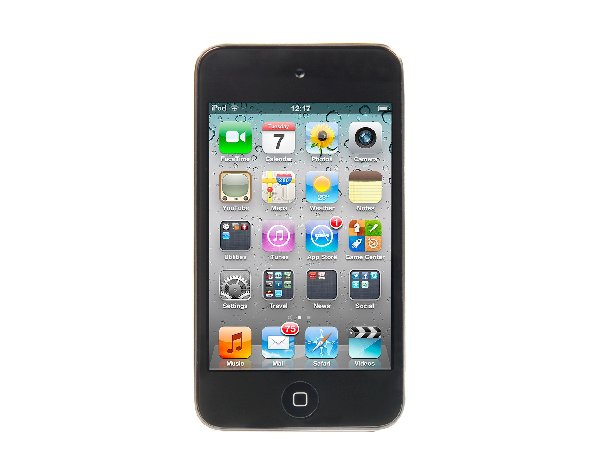

The last version of the Apple iPod Touch is now available 'while stocks last.' This draws to a close the iPod range that first launched in 2001. Back then, this little device promised to put 1,000 songs in your pocket and in the coming years, transformed the way we listen to music.
The iPod wasn't the only portable MP3 player of its time, it wasn't the cheapest and it wasn't always the biggest capacity. What it did was provide a simple way to organize your music (in iTunes) and an easy way to access it, through the click wheel.
The iPod changed drastically over the product's lifetime, with the move to color screens, the Shuffle, the Nano and eventually the Touch. The iPod Touch in fact, felt less like an iPod and more like the iPhone – just without the phone bit. It filled a gap for those that wanted all the apps and functionality but still used something simpler for their phone calls. It also provided and option for parents to give their kids, who were too young for a phone.
It's fair to say that without the iPod there would be no iPhone 13 – at least in the way we now know it. So although its purpose is now better served with by other devices, it's still a shame to see it go. Among the 27 models there are a few that really stand out in my eyes, so here they are.

1. Apple iPod (1st generation)
The one that started it all. First released on October 23, 2001, the original iPod had a 5GB memory, which was a moving disk not an SSD, and a Firewire connection to plug into your Mac. The click wheel was mechanical and though technically pocket size, it was pretty chunky.
Despite all this the design of the iPod changed very little over the years from this original template and it was this iPod's simple to operate design that made the device so popular. That and some great advertising.

2. Apple iPod Photo (4th generation)
For me, it was the 4th generation iPod that really nailed the design. Gone were the separate play, skip and menu buttons, instead everything happened from the single click wheel – which also appeared on the iPod mini earlier that year.
Get all the latest news, reviews, deals and buying guides on gorgeous tech, home and active products from the T3 experts
The big change here though came in a second variation of the 4th generation model a few months later. It now came with the option of a color screen. This allowed the iPod to be used to store up to 25,000 pictures, downloaded from your computer and could be plugged into a TV to view the images in a slideshow.
My first iPod was the 4th gen model, though not the color one. I loved the fact that the 40GB storage was enough for all of my songs and it went everywhere with me. Even after I upgraded, I kept this plugged into my car stereo for years and it became my car library.

3. Apple iPod Nano (1st generation)
The iPod Nano replaced the Mini in 2005, bringing with it a color screen (like the iPod Color/Photo) and flash memory rather than Microdrive storage. The Nano was significantly smaller than the regular iPod and more importantly, it was more affordable. Coming first in 2GB and 4GB versions, there was also a low cost 1GB version launched for just $149 / £109.

4. iPod Shuffle (2nd generation)
The first generation of the iPod Shuffle looked like a USB stick with a play button on it. Which wasn't that far off the mark. However, the second generation really embraced the small size and gave it a clip.
The idea of the iPod Shuffle was that you didn't need to choose the song. You would just download a playlist to your device and play it in whatever order it came. It was the perfect gym accessory as you could clip it onto your shorts or top without having to worry about finding a pocket. The colored versions came a little later.
For all its simplicity, this was perhaps one of my favorite models, and it's a shame it didn't continue longer.

5. iPod Touch (4th generation)
While some would argue the first generation of the iPod Touch was the beginning of the end, those early generations were more advanced iPods than phone-less iPhones. The iPod Touch 4th generation changed that. This model introduced the rear facing iSight camera and front facing FaceTime HD camera for the first time on an iPod (the third generation had no cameras).
It featured a multi-touch retina display, an A4 processor (that also featured in the iPhone 4 and first iPad) and ran iOS 5. This was as close to an iPhone as you could get at the time and was very much the turning point from music device to iPhone alternative.
If you still want to grab a piece of history, the 7th generation iPod Touch models are still available online.

As T3's Editor-in-Chief, Mat Gallagher has his finger on the pulse for the latest advances in technology. He has written about technology since 2003 and after stints in Beijing, Hong Kong and Chicago is now based in the UK. He’s a true lover of gadgets, but especially anything that involves cameras, Apple, electric cars, musical instruments or travel.